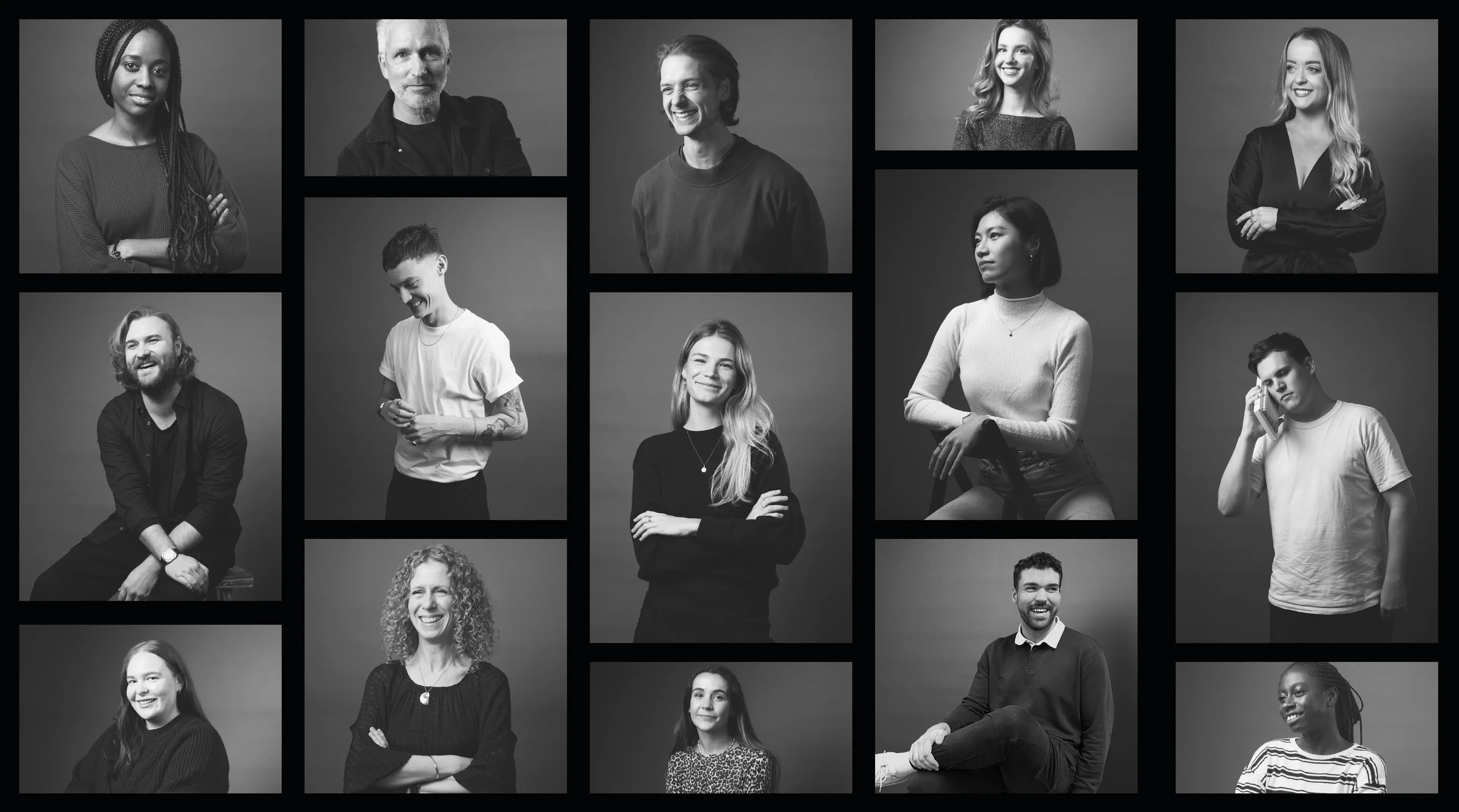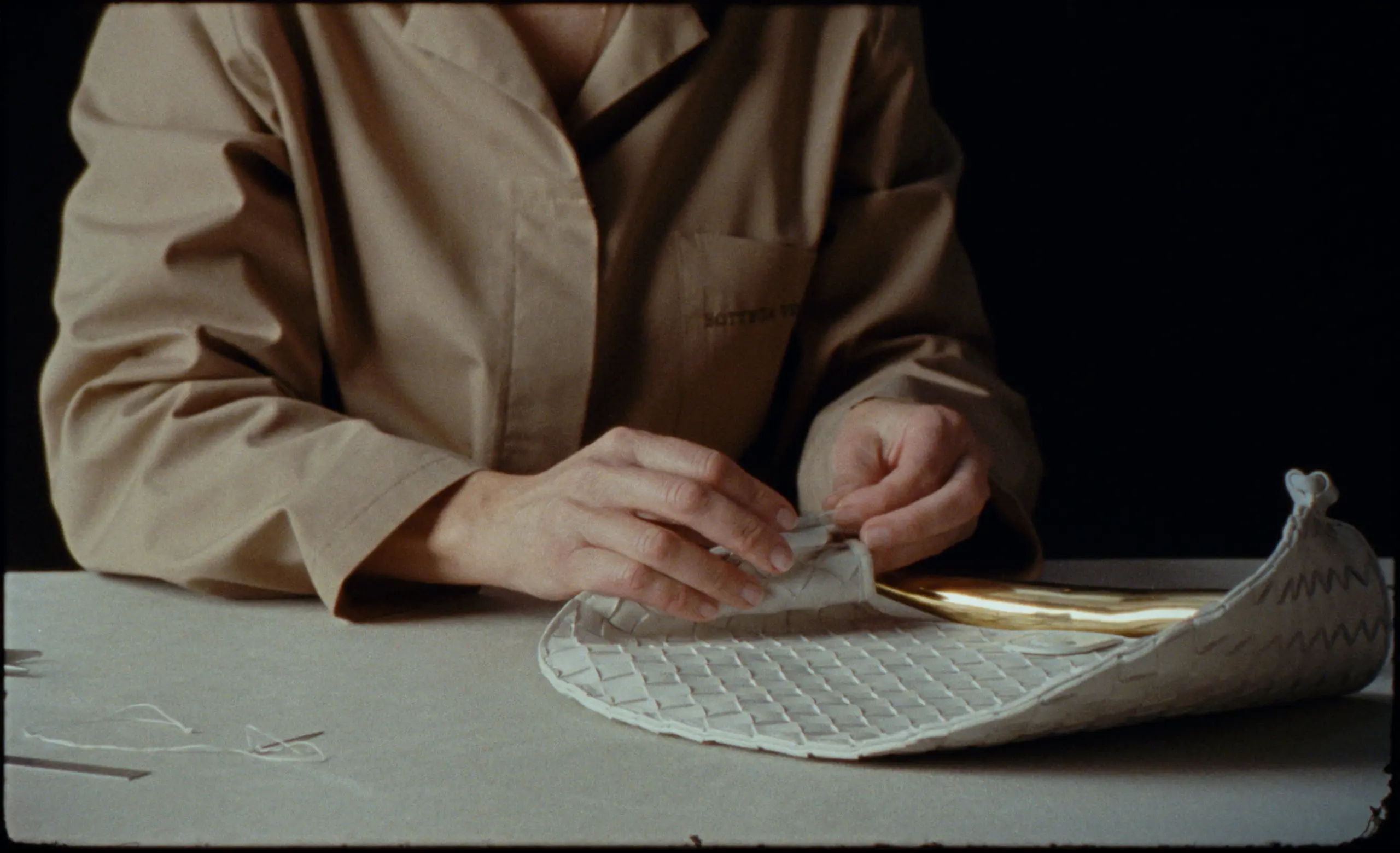
Trends & Insights
1 Sept 2024
8 Min Read
The Product of Time: Looking Into Luxury Watchmakers
There's quite a compelling tension in the journey to creating a timeless timepiece. It's a pursuit that, at face value, seems nearly impossible considering the product is the very thing that would indicate – measure even – its own age. Front and centre, the dial unwittingly counts its lifespan. And yet, the watch as a timekeeper is no longer necessary. Its original utility has been rendered obsolete thanks to digital everything. Yet plenty of us still wear them.
In many ways, time is the ultimate luxury good – our most finite resource, the thing we find most valuable.
Though we occasionally pass it, we mostly speak of spending time on something or another. And if we’re not spending it, we’re wasting it, it seems. Two sides of the same coin – time can be either a thief or a gift. Just as beauty is in the eye of the beholder, our perceptions of time can be subjectively warped.
Access to time isn’t the luxury it was once – the ubiquity of smartphones means anyone near a screen can know the exact hour, minute and second without needing the ability to read an analogue clock. Yet timepieces continue to be prized possessions. More than just instruments for telling time, watches and clocks are widely considered works of art, having long embodied the blend of innovation and craftsmanship. So although tech has left its indelible mark on our relationship with time, it continues to be a motif of luxury. Both a material and conceptual one.
To American philosopher and technology historian, Lewis Mumford, the clock is the crux of capitalism. In his 1934 book *Technics and Civilization,* the clock is cast as the catalyst of "technically civilised life" – “a piece of power machinery whose ‘product’ is seconds and minutes.” The mechanical representation of time made it fungible, and thus transferable. And ever since, the vehicles we trade this good within have become increasingly impressive; things to own, to showcase, to symbolise.
Guy Malim, a film writer, director, producer and friend of Matter Of Form, is particularly interested in that last objective.
“There are some fascinating semiotic readings around the choice of timepiece for certain characters. A decision that is so often made with care and intention. Sometimes a character may be aware of their watch's meaning. For me, it's a little more interesting when filmmakers manage to generate a tension between intended and perceived meaning – in doing so, revealing a blind spot for their protagonist."”
In film contexts, the wristwatch becomes a positioning device; the tool used to locate a character in specific traits, values, styles or attitudes. It's a symbol of the self, no matter which way you spin it.
Take Tony Soprano, David Chase's insecure protagonist. Here, value is literal; his gold watch is paved with diamonds – both costly commodities. It's a choice that denotes power and status, not a signal of wealth but proof of it. Yet paired with his character, it's a tool to compensate.
In Emerald Fennell's 2023 tragicomedy thriller Saltburn, watches are again used to indicate the wealth of the wearer. Felix, heir to the Catton fortune, complements his gold heirloom watch with a charity wristband and subpar tattoo – a perfect indication that this is a young man who has never learnt the value of anything. Oliver Quick, on the other hand, wears a digital watch widely available. It's a practicality for him, with no deeper meanings around class. In *that* final scene, he's without his watch (and everything else) – a nod to his new, and immensely secure, position in life.
Rear Window (dir. Alfred Hitchcock) – "an absolute cinematic peak" in Malim's view – is constructed with a watchmaker's precision. And the story to match.
"Our protagonist is a brave war reporter, injured and housebound, now solving a murder. Played by James Stewart, an ace fighter pilot himself, he makes moral integrity cool. If Grace Kelly is smitten, how could we not be? If you’re going to copy anyone, copy him. I’ll take the Tissot."
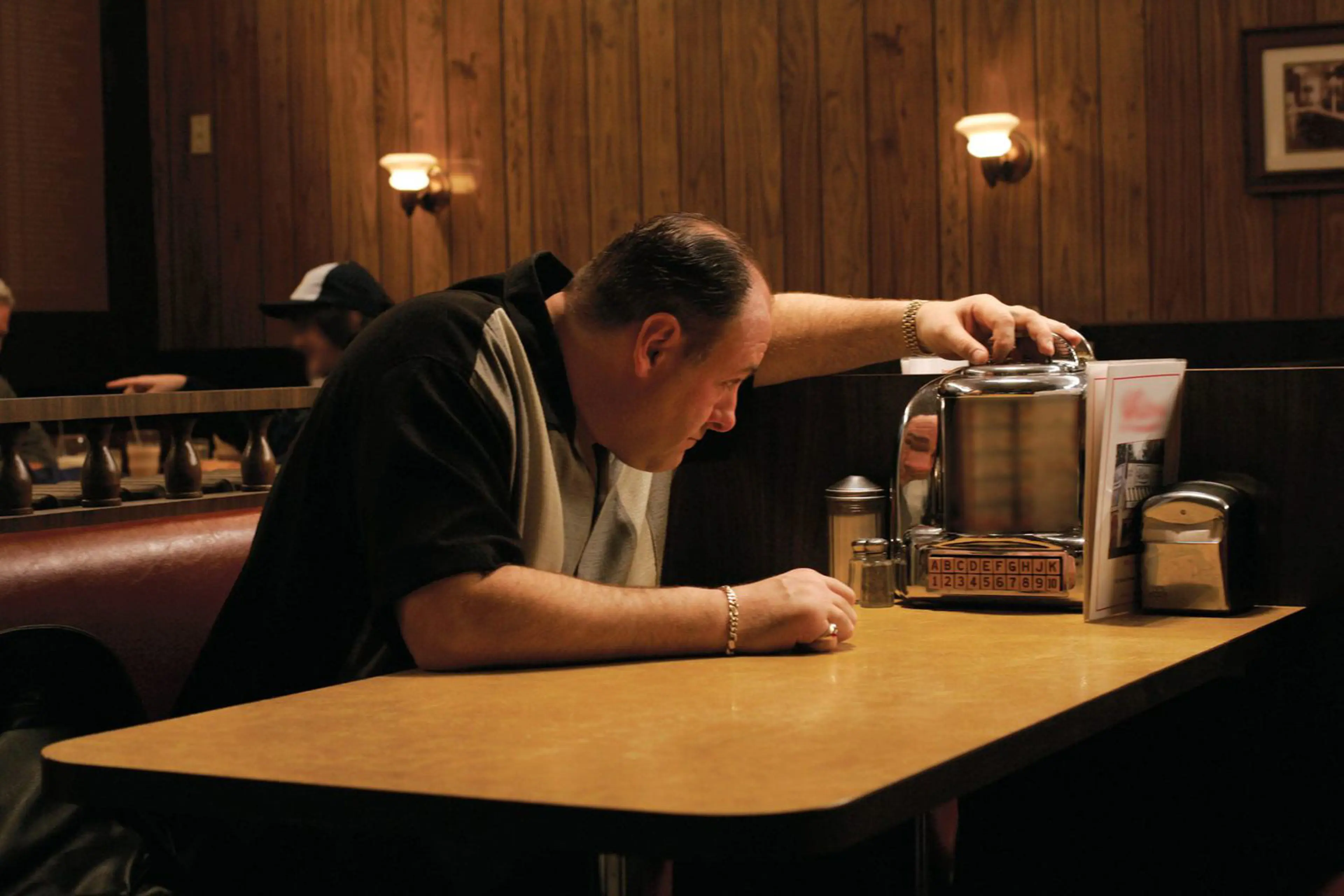
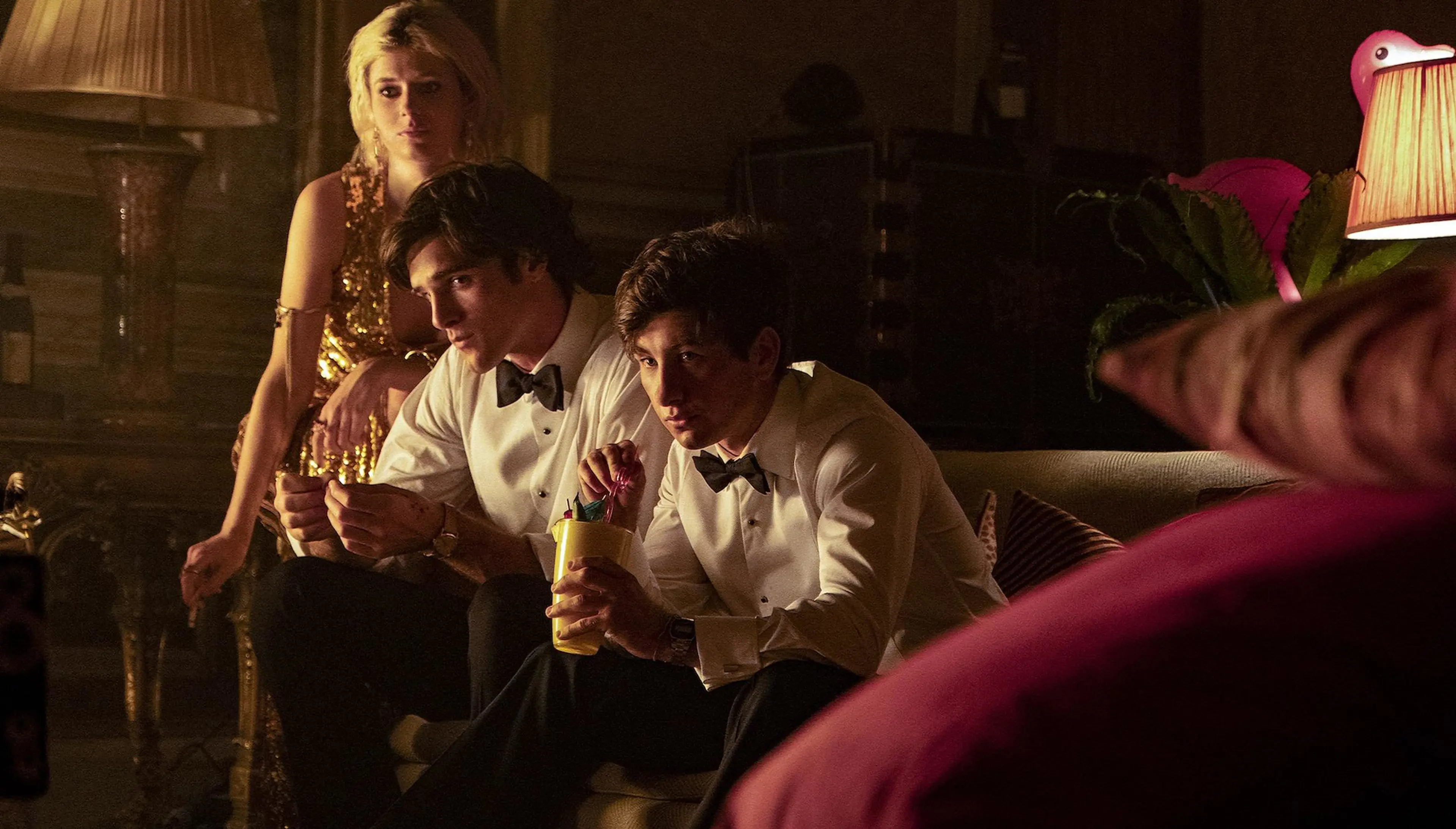
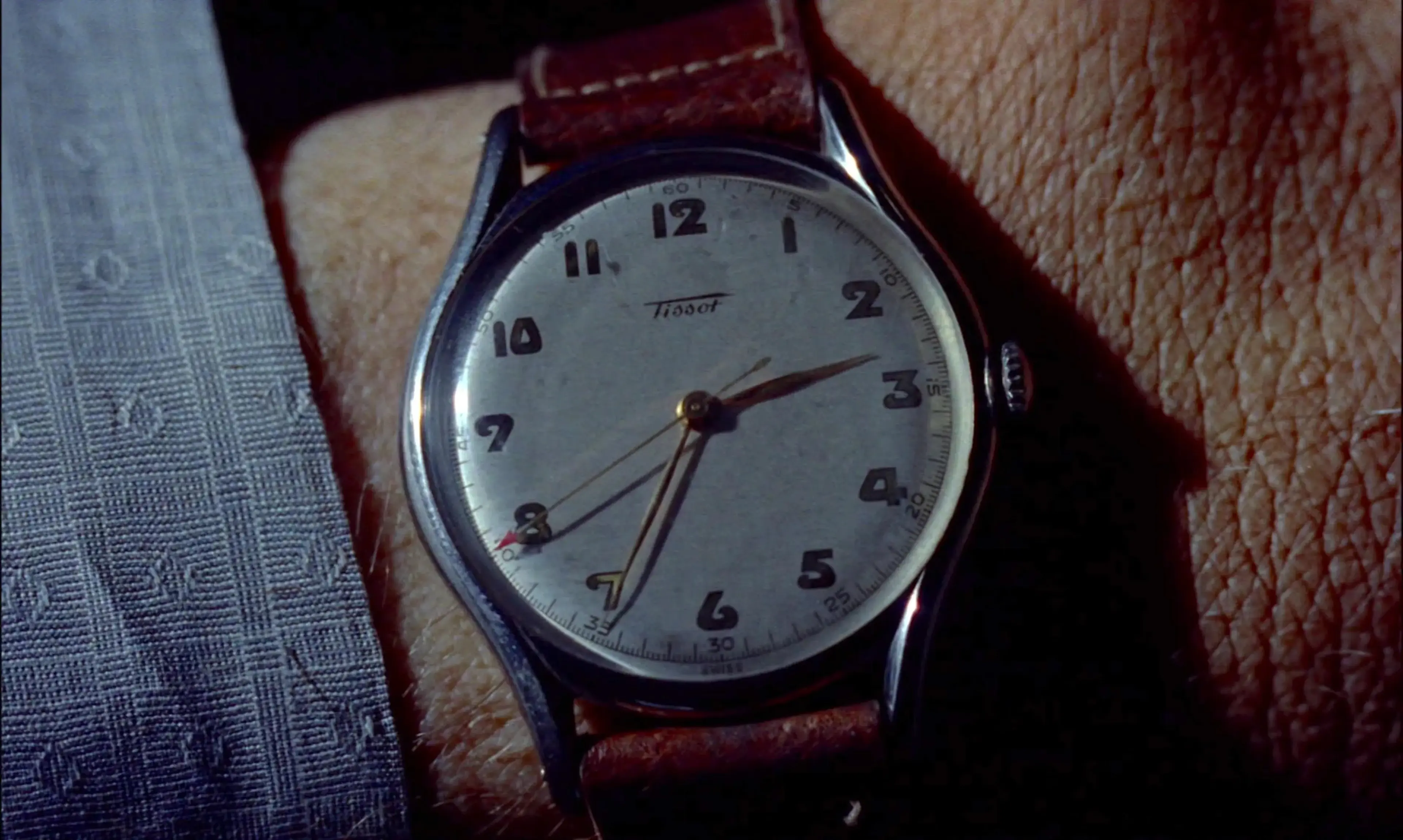
The list goes on. What Malim's readings prove is the power of the watch as a signifier. All sartorial choices, in film and life, place us in tribes but timepieces may be one of the most influential. Perhaps that's why it's a sector projected to grow from USD 45.1 Billion in 2023 to USD 68.2 billion by 2032 – and that's just the luxury segment.
The State of The Watch Industry: A Sector With Many Moving Parts
Ticking along amid the shifting priorities of affluent consumers, the watch sector often throws up a twist. Though traditional high-end brands still dominate – their heritage and craftsmanship keeping them firmly on the wrists of collectors and aficionados – the market's rhythm is changing, driven by younger buyers who crave exclusivity and sustainability in equal measure. Vintage models are having a renaissance (see Casio's re-released digital watches to mark the brand's 50 year anniversary), appealing to those who value rarity over flash. Skelotonised watches are seeing a resounding comeback, while many makers turn to brutalism in order to break the conservative mould.
Simultaneously, established marques are grappling with the advancement of tech. Smartwatches have carved out their niche, though 'chasm' might be more apt.
Silvio Leonardi, former Senior Vice President of Timex's Boutique Division, told Matter Of Form the smartwatch boom is one of his most notable shifts of the last decade. Citing Swatch Group as the industry giant, valued at roughly CHF 8 billion, Leonardi revealed Apple spent the same amount of dollars on R&D alone in 2015, the year they launched the Apple Watch. "They're in different leagues. Smartwatches are a completely separate ballgame because the investment is far above what is necessary for other watch categories."
Instead of attempting to compete directly, more traditional watchmakers are doubling down on what sets them apart: meticulous craftsmanship, mechanical complexity and timeless design. Limited editions and bespoke offerings are on the rise, catering to a clientele that values individuality over mass production.
In step, the rise of certified pre-owned platforms is reshaping how luxury timepieces are bought and sold. As the secondary market grows, so does the demand for transparency and authenticity. The result? A sector that’s both respecting its past and embracing new avenues, trying to ensure luxury watches remain a timeless investment.
Surprisingly not on the 'watch as investment' bandwagon, however, is Rolex. In an interview with Swiss media platform NZZ, CEO Jean-Frédéric Dufour is quoted:
"I don’t like it when people compare watches to stocks. It sends the wrong message and is dangerous. We make products, not investments."
Whether other watchmakers agree is up for debate, but what is clear among leading marques is that resting on the laurels of exceptional products is not enough for modern luxurians — even if that product is truly remarkable.
Movements in Luxury Watches
Timelessness Over Luxury
In writing this piece, we wanted to find the stories behind the brands. It goes without saying that watchmaking is a product-centric industry. But, in the upper echelons of timepieces, when every option costs the earth, what's the clincher?
Quality? Absolutely – but surely a given at high price points. Brand? Yes. Provenance? Definitely. Value is an amalgamation of all of these things, but the meaning of something flows from the tales we tell. It's where we find spirit.
Independent Swiss watchmaker Ollech & Wajs was established in the mid-1950s as an antidote to quality watches being largely unattainable. At the time, the country was investing heavily in infrastructure – railway lines, highway networks and the like – with many immigrant workers billeted for the development. Within that (largely Italian) community, Albert Wajs found that many of these men were in the market for a quality Swiss watch, wanting to procure one as a memento of their time in the country. Ollech & Wajs' first collection was designed and launched for them. And it was incredibly successful.
From there, Ollech & Wajs lived up to the challenger designation. Andy Lockley, the house's current Marketing Director, was kind enough to share an insider's knowledge on the watchmaker's storied history. "Within reach of the working man" was their initial platform, utilising the same materials, movements and parts as their high-end counterparts but at a far more viable price. How? They took out the middleman.
In 1958, Ollech & Wajs became the first mail-order Swiss watch brand – a truly disruptive move for the industry at the time. Before, buyers had to go to the centre of either Zurich or Geneva to procure a Swiss timepiece. By removing the overheads of a retailer network, Ollech & Wajs were able to bring their prices within reach. And it paid off.
Within a decade, theirs was a globally recognised marque in the industry, quickly competing with houses that were a century old. In 1964, the brand "beat the behemoths to the bottom of the sea", shocking the industry with the creation of the OW Caribbean 1000 Precision and its certified record-shattering depth rating of 1,000 m (3,300 ft). The previous record was 300 m and every household name in dive watches was rumoured to be chasing the elusive 400 m. That was 60 years ago, and we've barely scratched the surface of Ollech & Wajs' story. Since then, OW pieces have been worn by North Pole explorers, astronauts, the British Red Arrow and a musician or two. A front seat to history and legend.
Stories are priceless forms of social capital, and every industry figure we spoke to confirmed it. A key reason for purchase, time and time again, is the storytelling element. No matter who or how it's communicated.
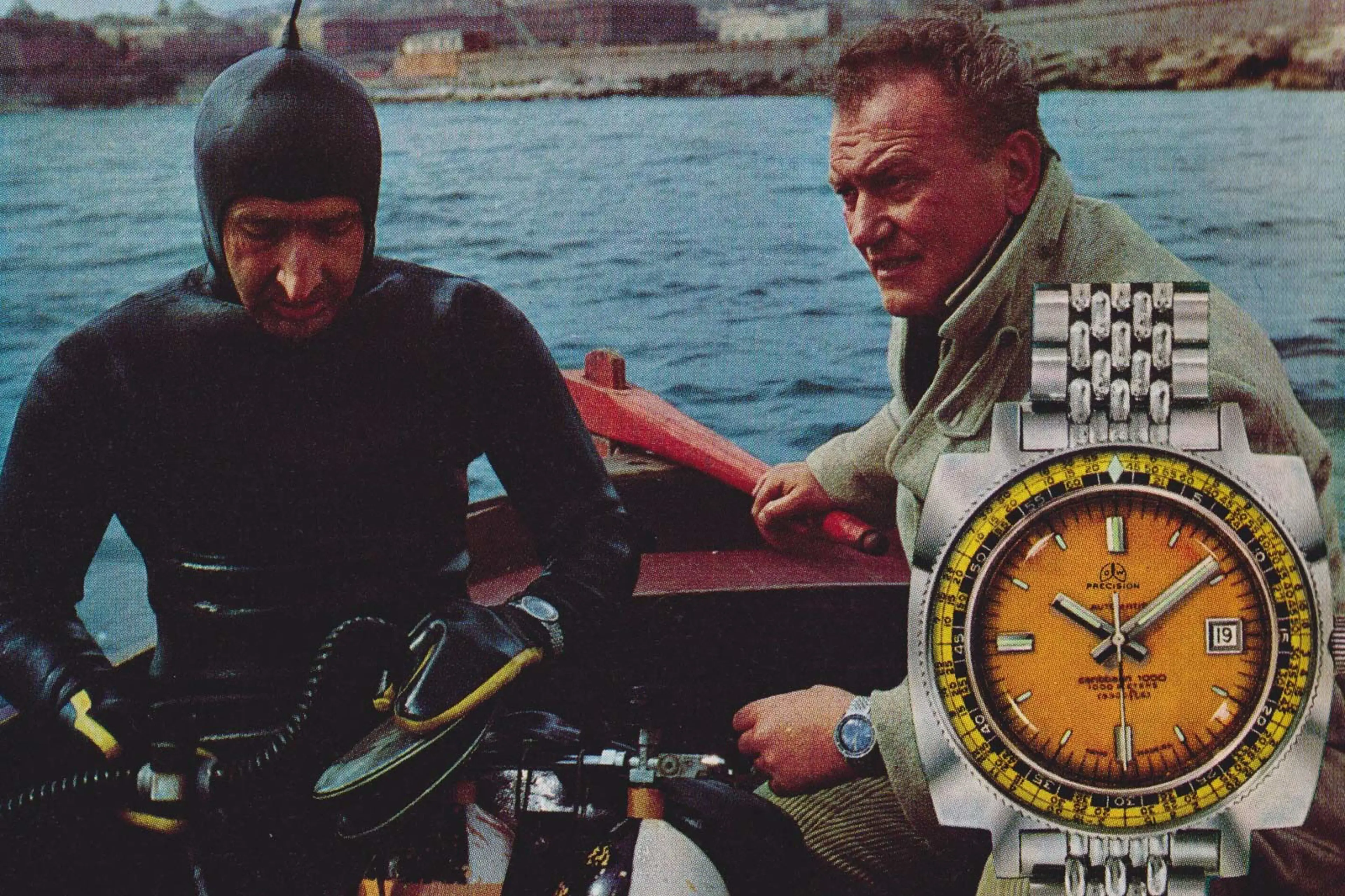
Timely Collaborations
It goes back to Malim's point – these brands, like filmmakers, select certain characters to wear their watches to catalyse certain connotations. The decisions of which are just as vital in reality as they are on screen.
If there's one thing the watch world isn't short on, it's collaborations. But it hasn't always been that way.
Roughly ten years ago, Leonardi asked himself how to spark an interest in those who have none in horology, or even in owning a high-end watch. His answer was to launch Timex's Collaboration Programme and partner with anyone, brand or ambassador, that his target market (primarily younger generations – watch enthusiasm tends to grow with age) was looking at.
“I started this programme when no one was really doing any kind of collaboration. Now everyone is doing it. – At the time it wasn’t necessarily a fight but it was certainly a challenge. very few of the decision-makers I was trying to convince to let me do this had never heard of the brands I was initially pitching as partners. Their nephews might have, but they didn’t. ”
Ever since, Timex has launched nearly a hundred collaborations, primarily with fashion/streetwear brands, and each of them has sold out. The Supreme Timex sold out thousands of watches, in under a minute. The key, Leonardi says, is in the balance of supply and demand, but also in finding the overlap in both companies' visions. Don't do it for the sake of doing it.
At first glance, Bulgari's partnership with guitar maker Fender, to mark the 70th anniversary of the Stratocaster, might stick out for doing just that. Upon closer inspection, however, the Bulgari Aluminium GMT x Fender Limited Edition watch collaboration transcends mere aesthetics.
The iconic reputation of the Stratocaster is evident when considering its players, ranging from Buddy Holly to Jimi Hendrix to Johnny Marr. However, its enduring appeal stems from its continual evolution and the endless variations in pickups and fingerboard designs that consistently attract new generations of musicians. Not only is this partnership a celebration of heritage, design and innovation, but it's also a fusion of two precision instruments and their legacies.


Bulgari x Fender
From the 2001 original RM 001 to the 2017 RM 50-03, Richard Mille has continuously looked to the future to better the watches of today, drawing inspiration from the automotive, aeronautical, and sailing sectors. So when it comes to working with other sectors to introduce new materials and intricacies into traditional watchmaking, they're leading the way.
Richard Mille, the University of Manchester, and McLaren Applied Technologies collaborated to create the RM-50-03, the lightest mechanical chronograph watch in the world. Made from graphene, it weighs only 40g, strap included. With every model so unique, and many rare, these performance-oriented timepieces are worn by professional athletes across every discipline, including Bubba Watson, Yohan Blake, and Rafael Nadal.
It’s unsurprising, then, that Mille tapped into the Olympic fever, especially in step with the hard luxury tint to the LVMH-sponsored Paris Games, with the launch of 'Beyond Success'. An ambassador-centred campaign tracking the buildup to the world's most prestigious sporting event by showcasing four Olympians (and friends of Richard Mille) "whose inspirational stories will continue to resonate long after the competition fades away."
Crafted Moments, Dialled-Up Experiences
In 1819, whilst travelling in Turin, François Constantin wrote in a letter the words that would become the cornerstone of his and Jean-Marc Vacheron's watchmaking dynasty: "Do better if possible. And that is always possible."
To this day, that call to action rings true. This year, in anticipation of the Watches & Wonders exhibition and to mark Vacheron Constantin’s anniversary, the maison unveiled the Berkley Grand Complication — the world’s most complex watch design. Few marques still make pocket watches today, let alone hyper-intricate models but with 2,877 components, 245 gems, 63 distinct complications and a weight of an astounding 960 grams (more than two pounds), this masterwork, crafted in 18k gold, is a feat befitting the brand’s long heritage.
Two months later, the watchmaker partnered up with another bastion of heritage — Harrod’s — on their Pioneers of the Exceptional exhibition within the famed department store. The installation, which is a part of Harrod’s 175th anniversary celebration, is an immersive virtual reality experience that allows guests to discover the wonders of watchmaking, fused with Harrod's reputation for innovation and prestige. Found on the fifth level, this cutting-edge multi-sensory VR experience “places each guest as the protagonist in a surreal and exciting adventure, exploring hidden corners of Harrod’s and the masterful craft of Vacheron Constantin”, through immersive elements including scent, sound, wind and temperature.
Like collaborations, the watch industry isn't lacking in experiential activations, nor are they exempt from the concept's necessity. Luxurians today are seeking interactive, shareable, in-real-life experiences designed to spark sensory, emotional and cognitive engagement. Coined ‘retailtainment’, brands are increasingly powering commercial revenue by immersing consumers in the essence of their world, often with added wow factor.
In 2023, Jaeger Le-Coultre asked and answered the question “What does sound look like?”, through a unique show with multi-hyphenate Tokio Myers in London’s 1931 Cinema, set in the newly restored Battersea Power Station.
The Swiss watchmaker commissioned Myers – who was born with synesthesia – for an original soundtrack to accompany a one-of-a-kind sound and light show where music and mathematics come together in celebration of the golden ratio – a guiding formula for beauty.
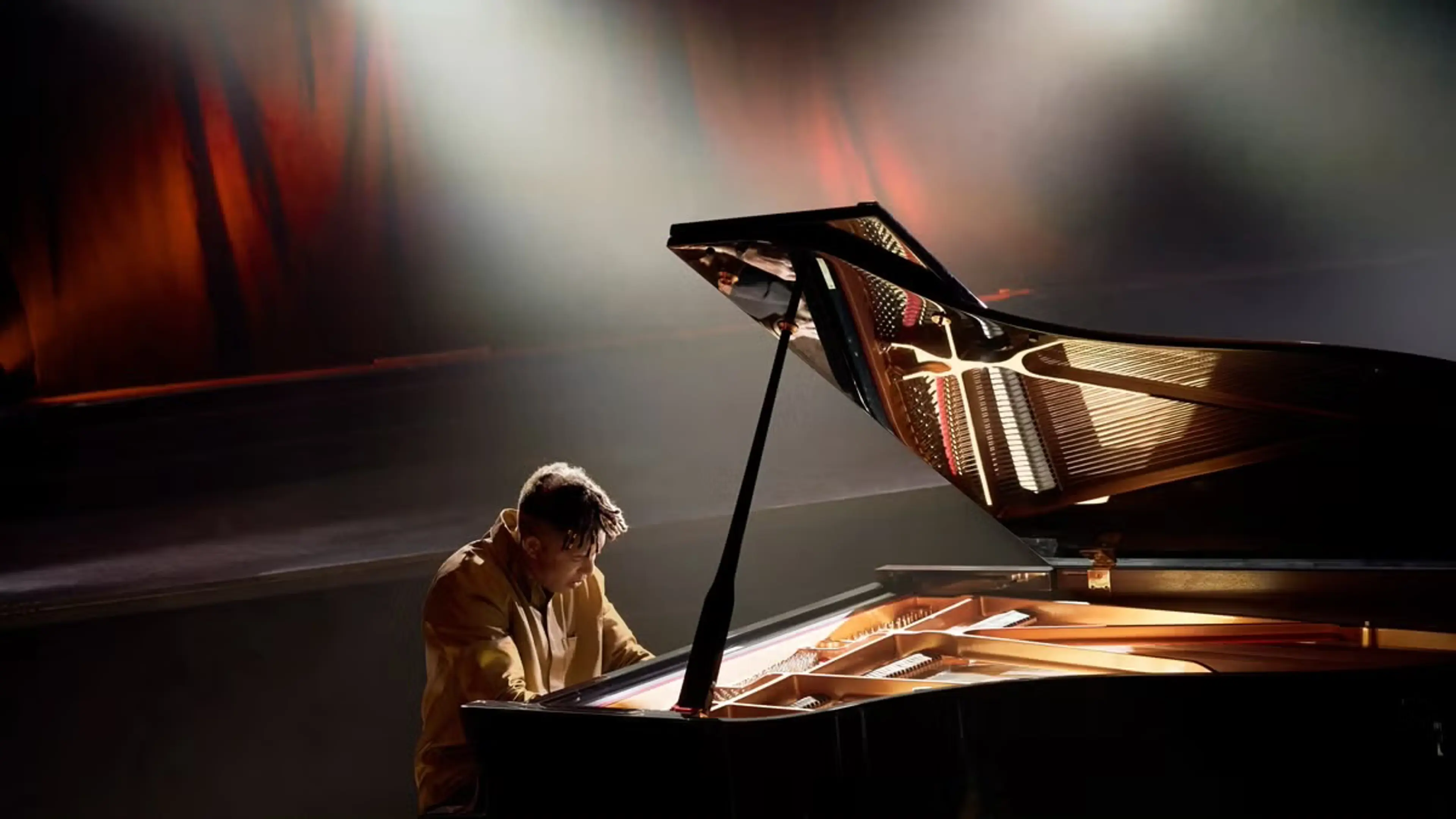
The proportions of Jaeger Le-Coultre’s original Reverso wristwatch, introduced in 1931 during the height of the Art Deco movement, were determined by the golden ratio, a traditional symbol of harmony and beauty established by early mathematicians such as Euclid and Pythagoras.
The 10-minute show celebrated the formula's connection to the age-old principle of beauty by following its journey from observations in nature to its impact on European cultural history — culminating with representations of inside the iconic Reverso watch. All of which was backdropped by an impressively large wall of falling water for added effect, and Myers’ bespoke score. Wow factor plus.
There’s no foolproof formula for timelessness. For us, it’s a fluctuating combination of brand spirit, long-term thinking and the highest standard of design at every touch point. In a market where differentiation is rarely dictated by the products, watchmakers must look to craft value through alternative avenues – whether that be story, collaborations, experiences or moments.
Matter Of Form does all that and more for our clientele. Specialising in brand strategy, CX and digital innovation, our multi-disciplinary teams operate with a deep knowledge of the luxury sector whilst continually striving for timelessness. To talk about how we can do that for you, get in touch with one of our consultants via [email protected].
Trends & Insights
